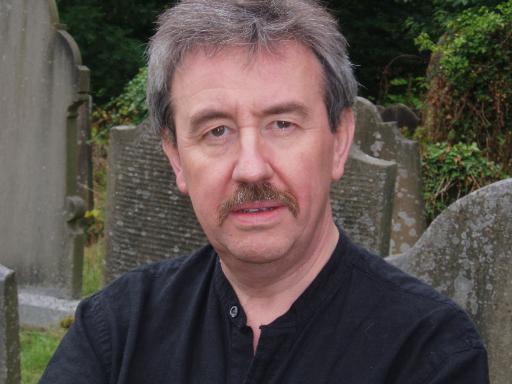
Recently Rated:
Stats
Blogs: 21
events: 10
images: 16
audio tracks: 1
Hywel Sele and the Demon Oak
I was inspired to write this by a wooden drinking vessel which you can find in the National Museum in Cardiff, one of many such objects apparently, made from a great oak tree which blew down in a storm in 1813. The tree was called Derwen Ceubren yr Ellyll the Hollow Tree of the Demons - and it once stood on the old Nannau Estate near Dolgellau. And the legend will tell you that Owain Glyndwr once used the tree as a handy place in which to store the body of his cousin.The story of Owain Glyndwr is far too complex to explore properly here. His celebrity is based in part upon the fact that he was the last Welshman to hold the title of Prince of Wales although his dates are vague, from 1354 or 1359 to perhaps 1416. In the centuries since his death, so many different legends have accumulated around him. He has become a notable figure in popular culture and a famous military hero, beating the English forces through intelligent strategy and cunning. Like King Arthur he merely sleeps, waiting apparently for the moment when he will rise as the saviour of his homeland.He lived in turbulent times and his life was defined by conflict, leading a revolt against the rule of Henry IV. The rebellion ultimately failed and his last years were shrouded in mystery. He was neither betrayed nor captured and instead faded from view. Where he lived at the end of his life remained a mystery, although today it is generally believed that he lived with his daughter Alys at Monnington Straddel in Herefordshire, perhaps disguised as a friar.The episode which concerns me here comes from the height of the rebellion, in 1402. His cousin Hywel Sele, Lord of Nannau , was a supporter of the English crown. He invited Owain to his estate for what he claimed was to be the cut and thrust of political debate, with a bit of hunting thrown in. However, it appears to have turned into an assassination attempt.The two cousins went out hunting. Hywel Sele raised his bow to shoot a stag, but suddenly turned and fired directly at Owain. Clearly their relationship was not based upon trust on either side, for beneath his clothes Owain had prudently selected a chain mail vest. Owain did not have a particularly forgiving nature...At least that is one version. Another would suggest that as Hywel Sele aimed and turned to follow his target he suddenly discovered that he was aiming unexpectedly straight at Owain. He, well versed in the techniques of self preservation, immediately ran him through with his sword.Either way Hywel Sele was dead. Owain hid his body in the hollow oak tree and made off.Another version has an enraged Glyndwr obviously surviving the assassination attempt and imprisoning Hywel Sele in the tree before burning down his house, which just goes to show you how cross they could be in those days.But whichever version you prefer, they all come back to the idea of the body in the tree. And this legend certainly gave the tree its reputation as a haunted place of evil. Fire was said to hover above it; strange noises could be heard. It was the terror of every peasant for miles around.The family searched for Hywel but could not find him. He remained on the missing list until his skeleton was found inside the tree trunk 40 years later. Hywel Sele might have drifted into obscurity but at least the trees reputation was assured.Of course by the early nineteenth century Derwen Ceubren yr Ellyll was misshapen and ancient, in the last stages of decay. When the oak fell after being hit appropriately by lightning the wood was used to make commemorative items for the coming of age party of Robert Vaughan on 25 June 1824. He was a direct descendant of Hywel Sele and later became 3 Baronet of Nannau. It was quite a party they say, for which the Great White Ox of Nannau was slaughtered and roasted, which is certainly more dramatic than sending out for a pizza. The newspaper, the Salopian Journal said that the air was, resounding with joyful acclamations and that a number of Welsh bards and harpers were in attendance. It was definitely the place to be seen that special June day.At least the ancient tree wasnt just turned into firewood. A nineteenth century text tells us that the items made from the oak were valued by their fortunate possessors...as relics of so venerable and remarkable a parent. If you chose to believe the legends then those objects were made from a living coffin from long ago. It is one of these Ceubren cups that the museum holds.
